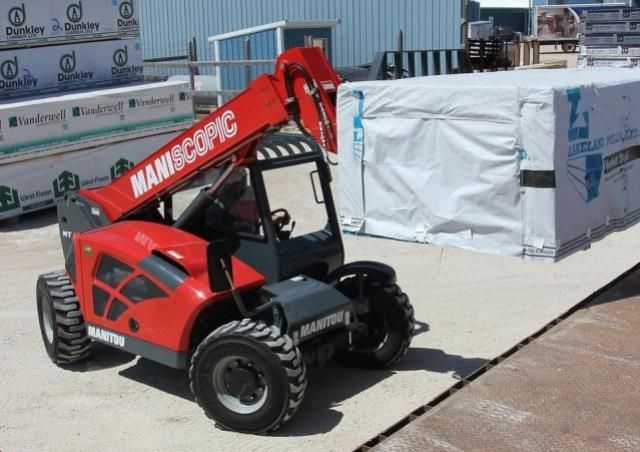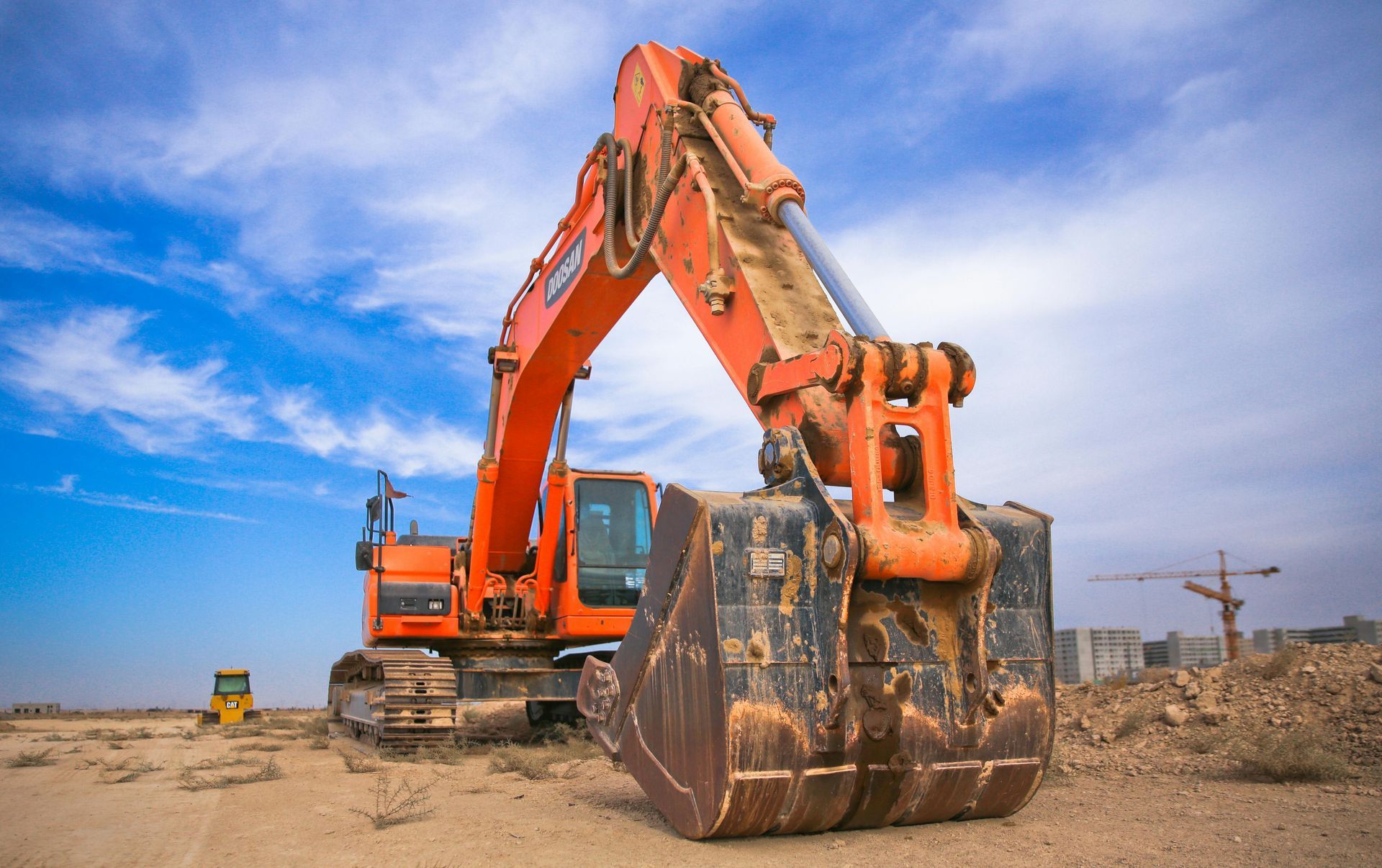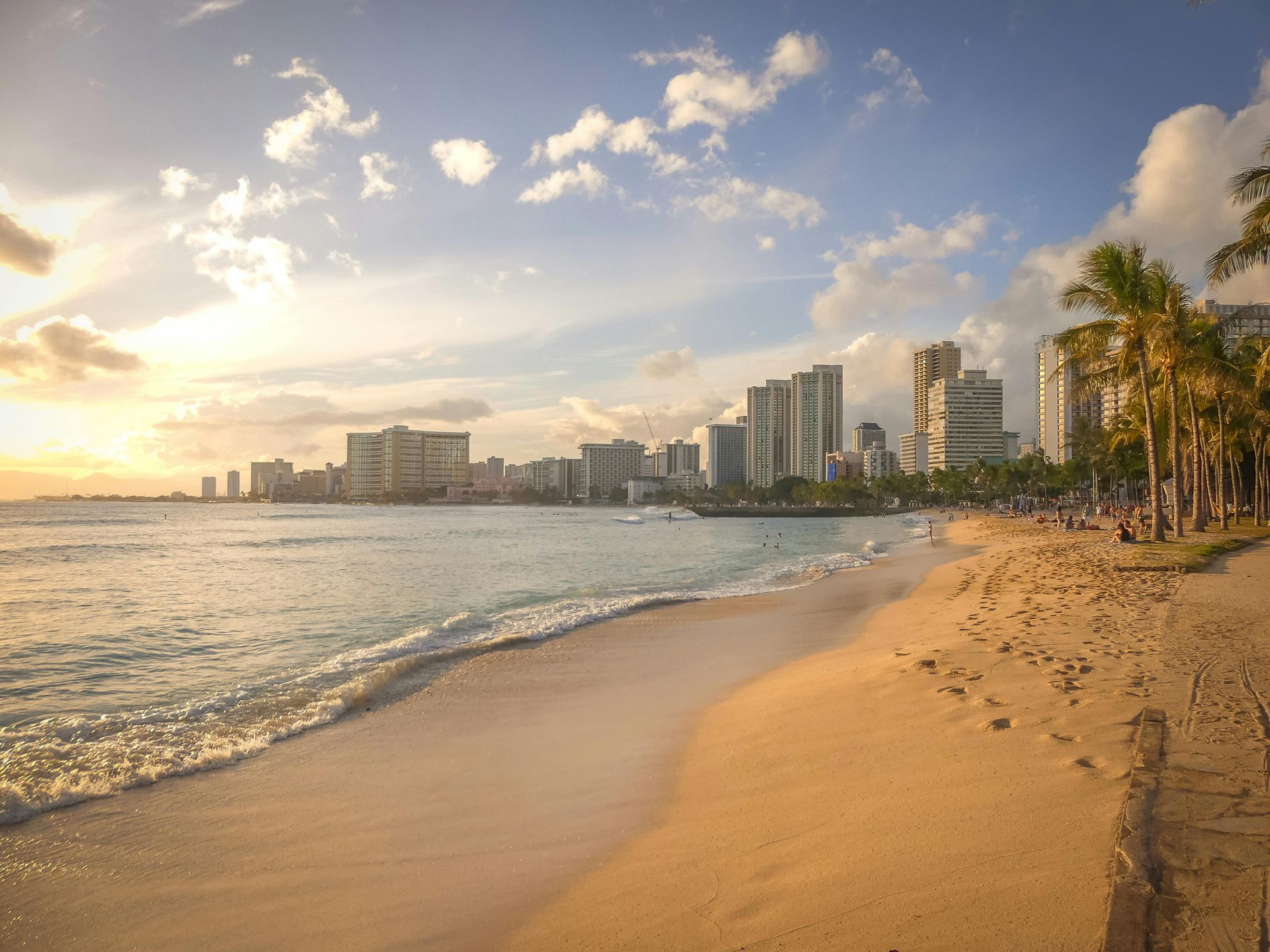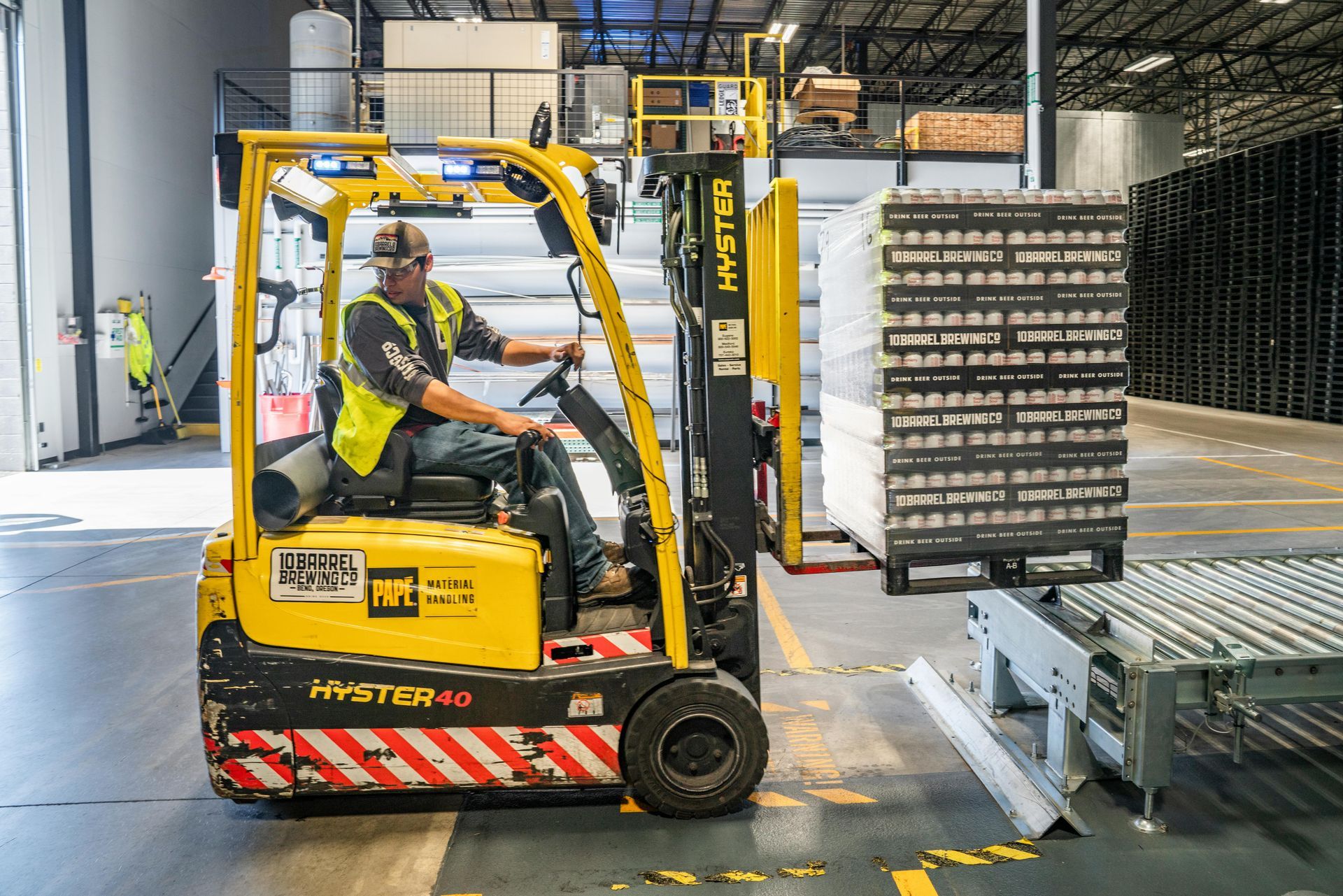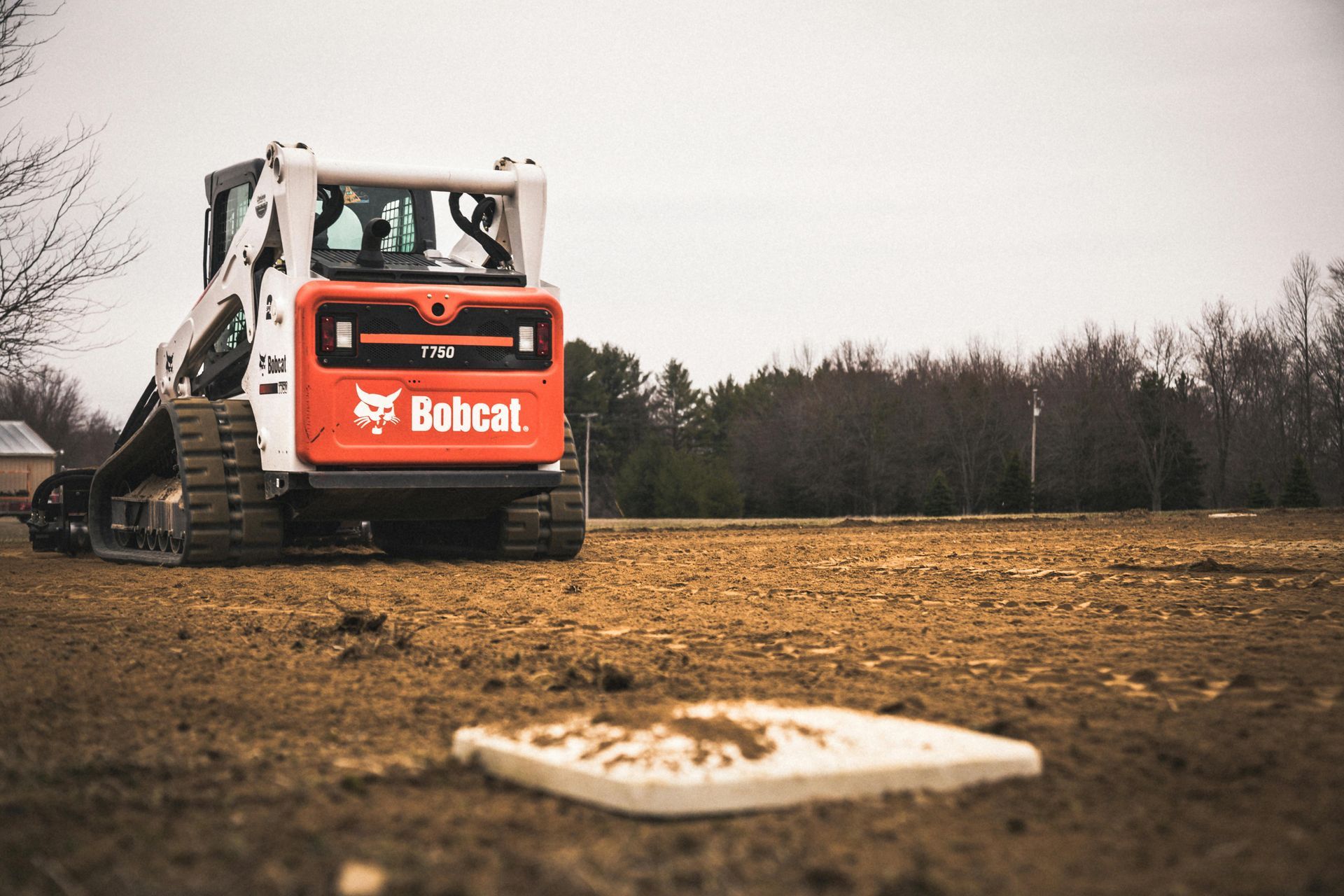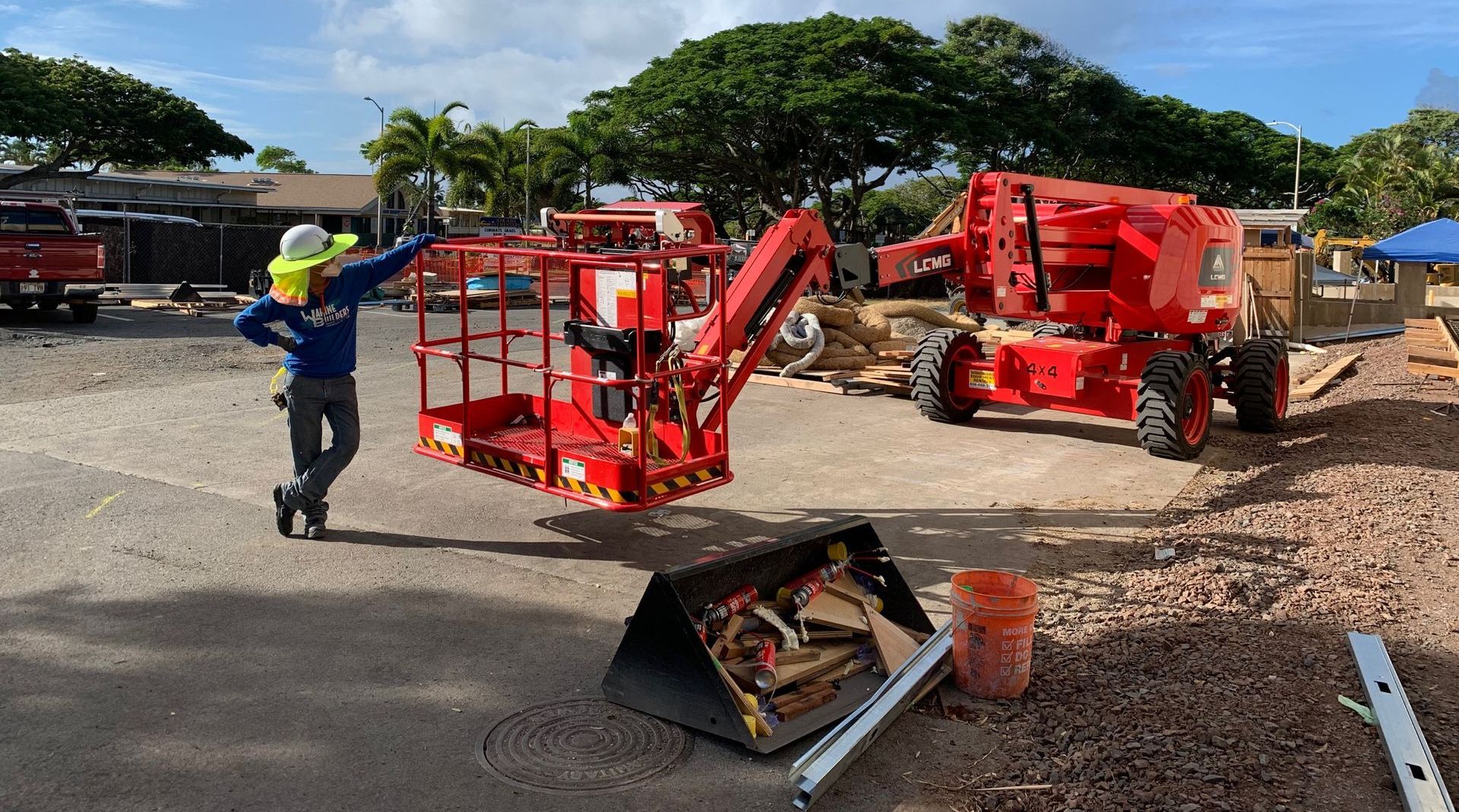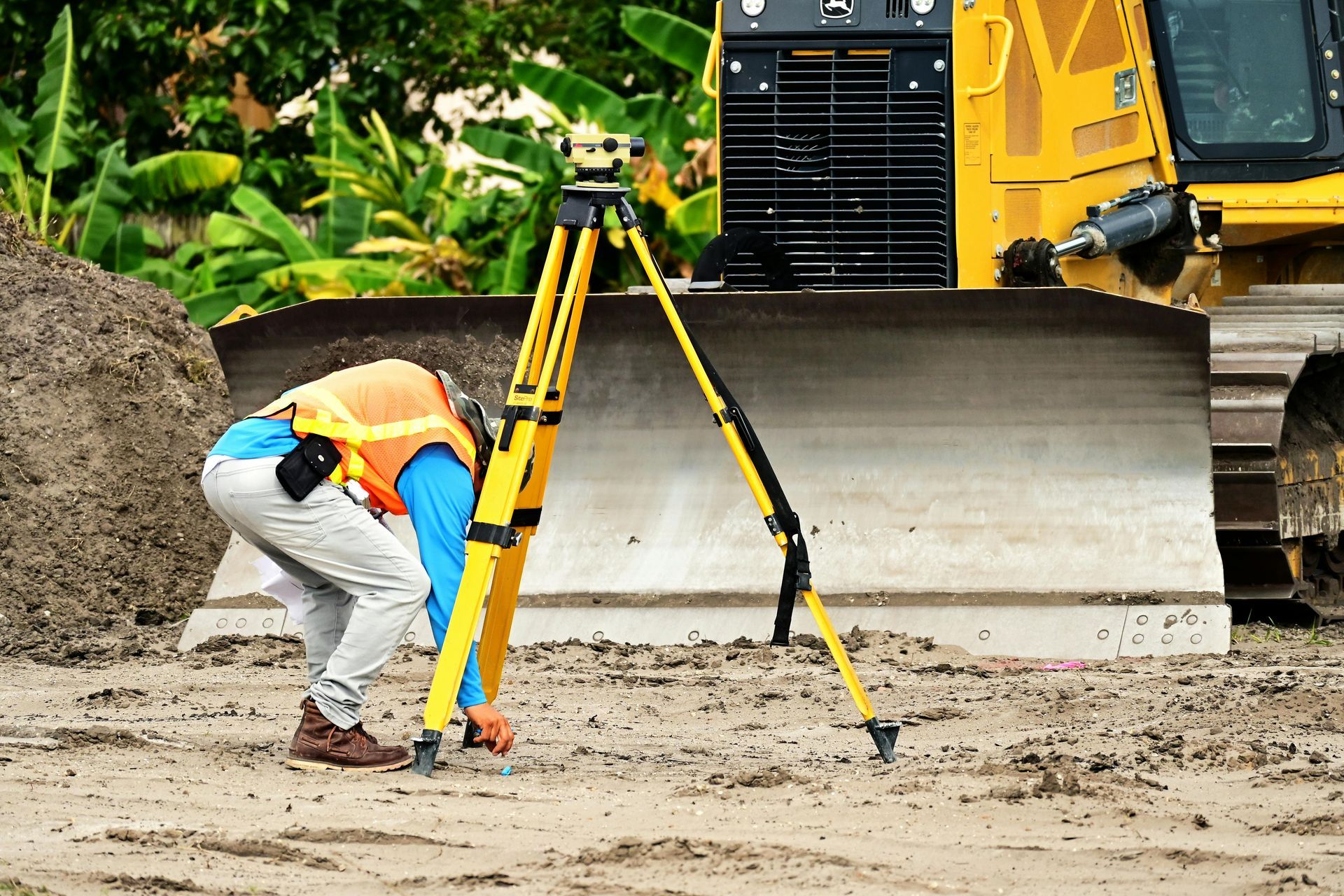How Equipment Oahu and IRS Section 179 Helps Local Contractors Save Big on Heavy Equipment Purchases and Leases
Tax Law 179 Made Easy for Local Contractors in Hawaii
How IRS Section 179 Helps Oahu Contractors Save Big
For contractors, developers, and land-clearing professionals in Hawaiʻi, heavy equipment is one of the largest capital expenses you will ever make. Excavators, bulldozers, skid steers, stump grinders, and mulchers represent hundreds of thousands of dollars in investment. That’s why understanding the tax benefits of IRS Section 179 can be a game changer.
At Equipment Oahu (formerly Windward Equipment Rentals) in Waimānalo, we provide the very machines that qualify for these tax deductions, helping local businesses reinvest in growth. In 2025, Section 179 allows qualifying businesses to deduct up to $2.5 million in equipment purchases placed into service during the year, with phase-outs starting at $4 million. Both new and used equipment may qualify, provided it is “new to your business.”
Why Section 179 Matters More in Hawaiʻi
Operating in Hawaiʻi comes with unique financial pressures. Businesses on Oʻahu must budget not only for the machine itself but also for transportation, shipping, marine insurance, and local delivery. For example, shipping an excavator from the mainland can add $4,000 to $12,000 to your total cost. On top of this, the state General Excise Tax (GET) applies to most transactions at 4.5% in Honolulu County. That means a $350,000 excavator can cost closer to $375,000 by the time it’s ready for work on island.
Because Section 179 allows you to deduct these expenses in the year the machine is placed into service, it helps offset the added costs of doing business in Hawaiʻi. Instead of waiting years to depreciate equipment under traditional rules, you can claim the deduction upfront, improving cash flow right away.
Local Example: Buying vs Leasing vs Renting
To see how this works in practice, let’s compare three options for acquiring equipment on Oʻahu. Imagine a contractor needs a full-size excavator.
Scenario Cost Basis (Machine + Shipping + GET) Deduction Available in Year 1 Estimated Tax Savings (Federal + Hawaiʻi at ~30%) Purchase $375,000 Full Section 179 Deduction ≈ $112,000 Finance Lease (Capital Lease) $160,000 Section 179 Eligible ≈ $48,000 Operating Rental (6 months use) $30,000 Rental Expense Only ≈ $9,000 This shows why contractors with strong income often choose purchase or finance lease options: the upfront tax savings can be enormous compared to short-term rentals.
Strategic Considerations for Oahu Businesses
The key to maximizing Section 179 benefits is planning. Equipment must be placed into service within the tax year to qualify, which means accounting for shipping time, port delays, and local delivery to your job site. Finance leases that qualify as ownership can unlock Section 179 benefits even if you don’t want to buy outright. Rentals remain deductible as a business expense, but they won’t offer the same upfront tax leverage.
Because Hawaiʻi’s General Excise Tax adds cost to every acquisition, working with a local supplier like Equipment Oahu reduces the financial burden of importation. Buying locally also helps ensure timely delivery and documentation, both critical for claiming deductions.
The Bottom Line
In 2025, Section 179 gives Oahu contractors the chance to deduct major purchases immediately, easing the cash-flow strain of acquiring heavy machinery. For a $375,000 excavator, that can mean more than $112,000 in tax savings in the first year—savings that offset Hawaiʻi’s higher shipping and GET expenses.
At Equipment Oahu in Waimānalo, we stock the excavators, skid steers, mulchers, and other land-clearing machines that qualify under Section 179. Whether you buy, lease, or rent, our team can help you find the right equipment and acquisition structure to maximize both your productivity and your tax savings.
Contact Equipment Oahu
📍
Location: 41-741 Mahailua Street Waimanalo, HI 96795
📞
Phone: 808-688-3714
🌐
Website: EquipmentOahu.com
✉️
Email: sales@equipmentoahu.com
Equipment Oahu – Your trusted partner for mini and compact equipment rentals, leases, and sales across Oahu, helping you complete projects safely, efficiently, and on budget.



